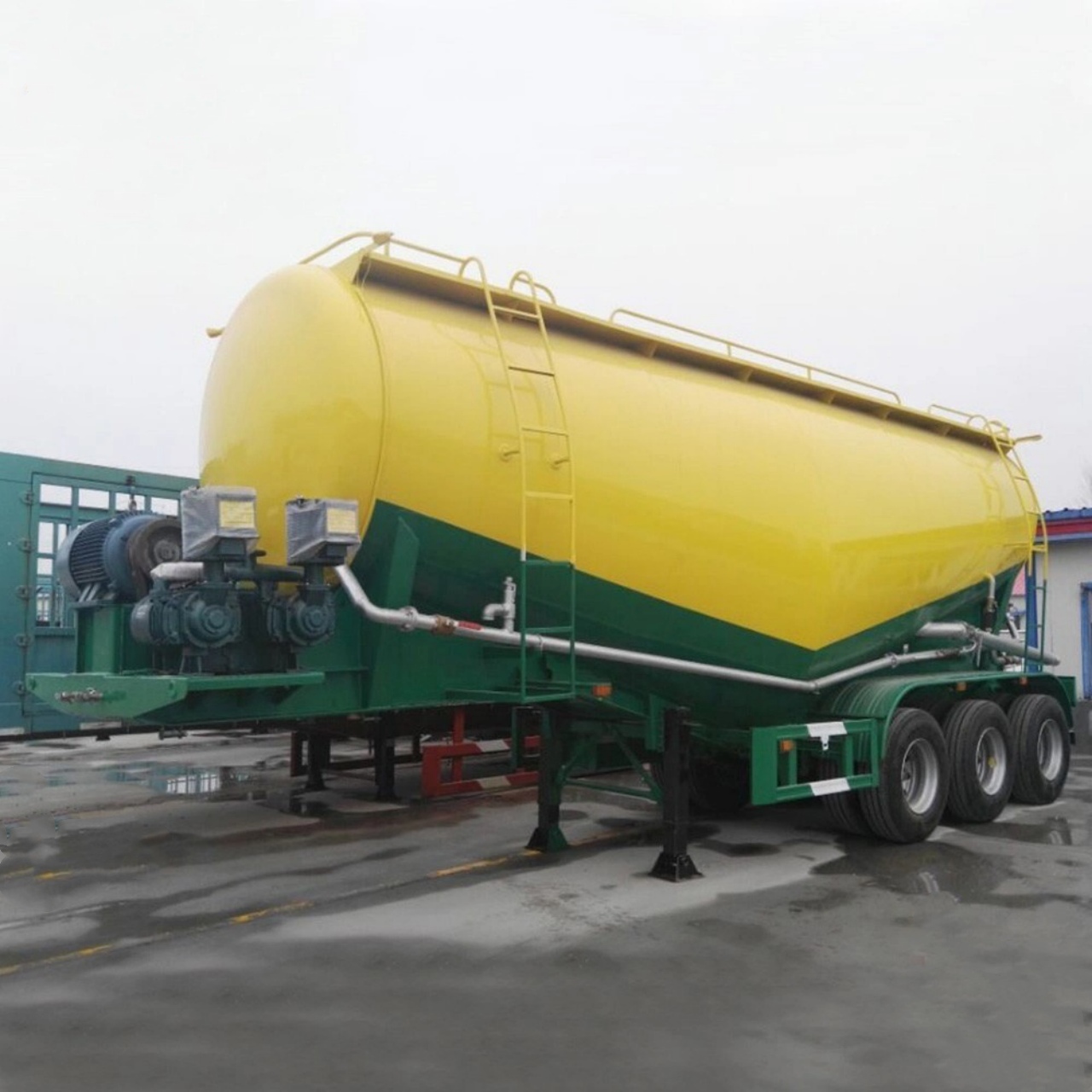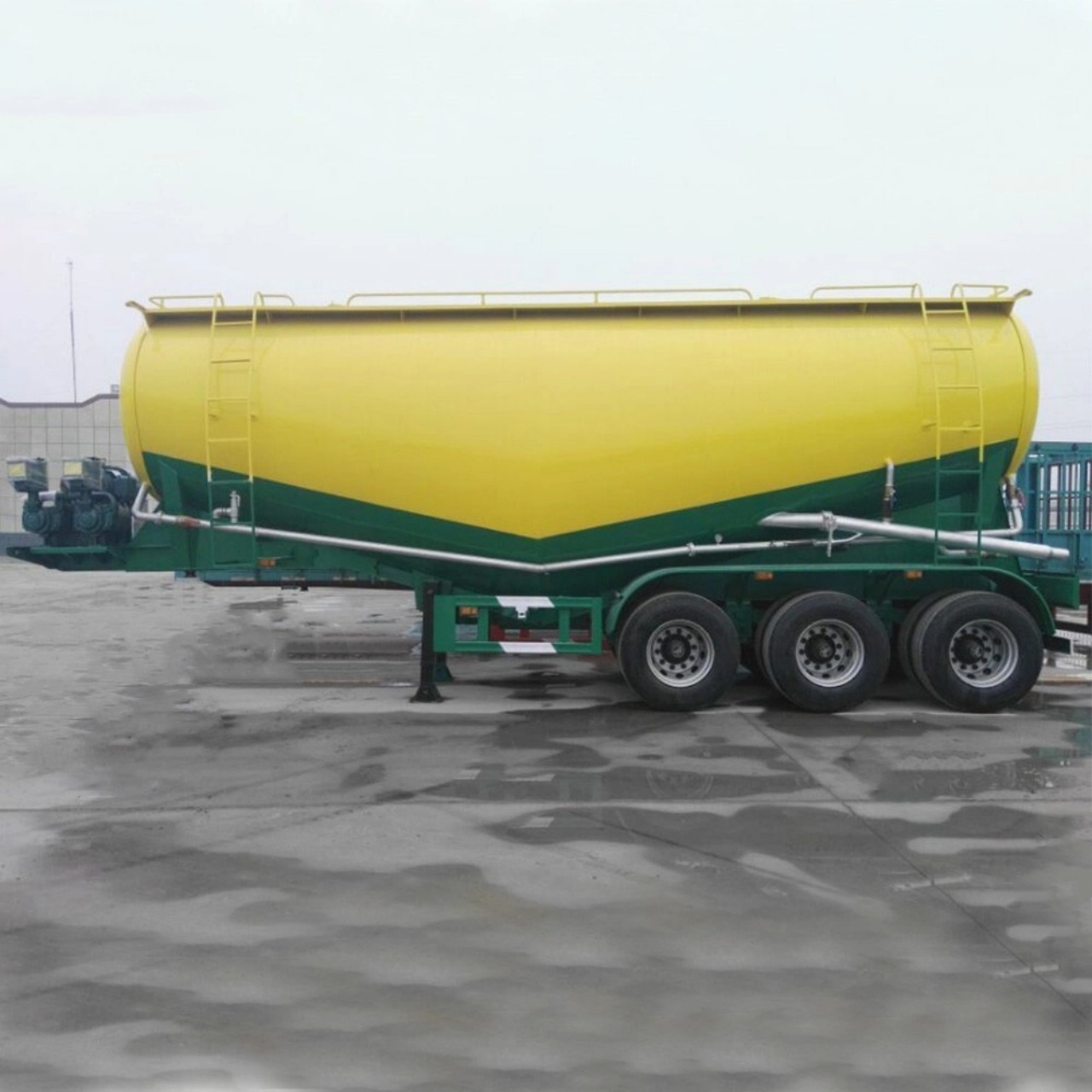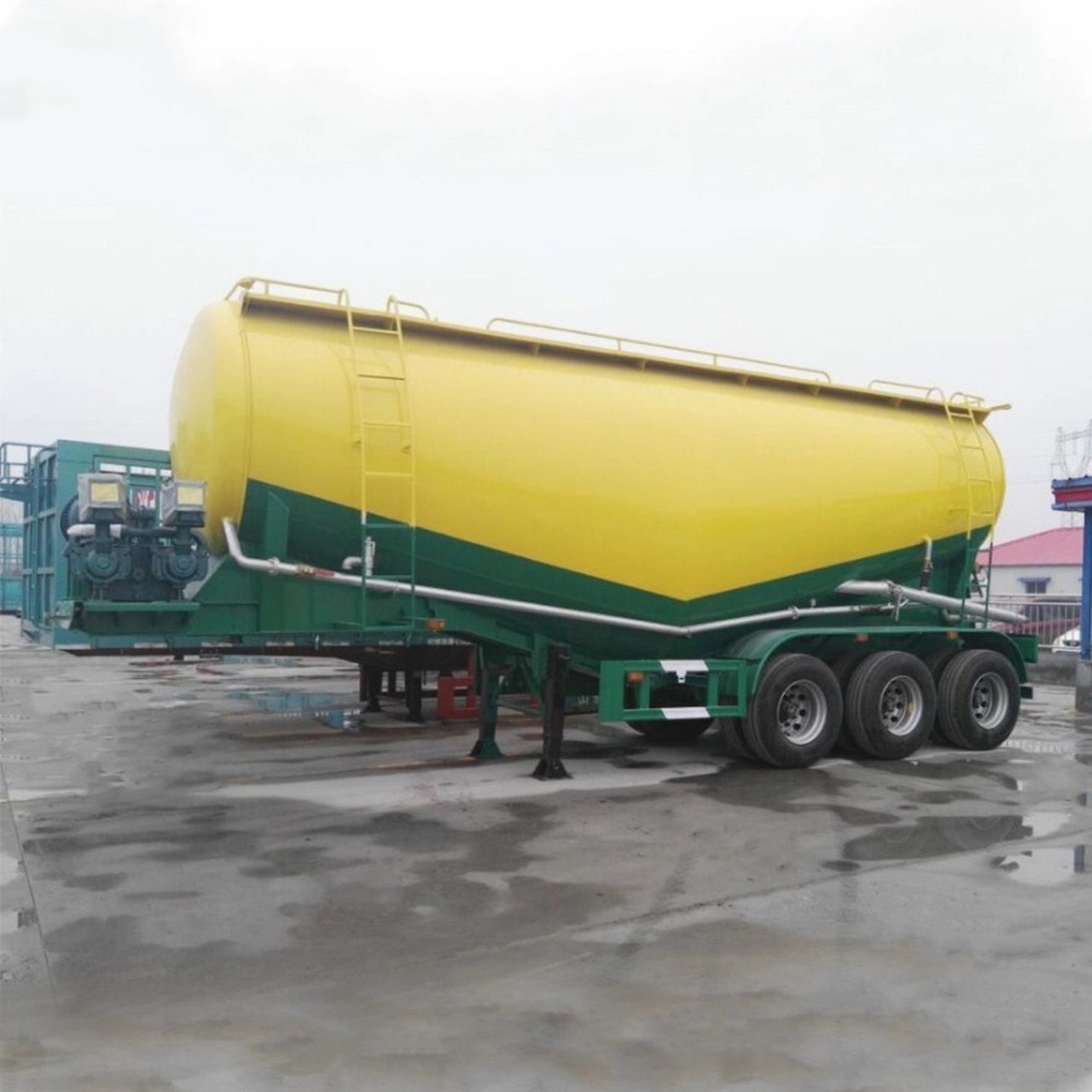Pneumatic trailers, also known as dry bulk trailers or pneumatic tank trailers, play a critical role in the transportation of dry bulk materials such as cement, flour, plastic pellets, and sand. Designed for efficiency, cleanliness, and speed, these trailers use compressed air to discharge materials through a pipeline, eliminating the need for tipping or manual unloading. One of the most commonly asked questions about these specialized trailers is: How long is a pneumatic trailer? The answer, while seemingly straightforward, depends on several factors, including design configuration, regulatory requirements, and intended cargo. In this article, we will explore the typical dimensions of pneumatic trailers with a focus on length and how those dimensions impact performance, capacity, and legal operation.
Standard Length of a Pneumatic Trailer
Pneumatic trailers come in various sizes depending on their purpose and the regulations in the region where they operate. However, the standard length of a pneumatic trailer in North America typically ranges between 40 feet (12.2 meters) and 43 feet (13.1 meters). Some trailers may be shorter, around 35 feet (10.6 meters), while others, especially those built for maximum volume capacity, can stretch up to 45 feet (13.7 meters).
In other parts of the world, such as Europe, lengths may differ slightly due to regional transportation laws. For instance, European pneumatic trailers are often shorter due to stricter road space constraints, typically measuring 10 to 12 meters in overall length.
Length Variations Based on Configuration
Pneumatic trailers are not one-size-fits-all. The length of the trailer depends on several configuration factors:
1. Axle Configuration
- Two-axle trailers are generally shorter, commonly around 35 to 40 feet in length.
- Three-axle trailers, used to distribute weight more evenly and carry heavier loads, often range between 40 to 45 feet.
2. Tank Shape and Design
- Pneumatic trailers often come with either a vessel-style tank or hopper-style compartments.
- A straight, cylindrical tank with a large volume capacity may necessitate a longer trailer body.
- Conversely, hoppers that are arranged for better discharge efficiency can sometimes be more compact.
3. Single vs. Multi-Compartment
- Single-compartment trailers are often more compact and streamlined, generally falling in the 35–40 feet range.
- Multi-compartment trailers, designed to carry different products or segregate load portions, can be longer to accommodate internal dividers and discharge valves.
Legal Limitations on Length
The length of pneumatic trailers is also governed by federal and state/provincial regulations. In the United States, the Federal Highway Administration permits trailer lengths of up to 53 feet on designated highways, but this is usually reserved for van or flatbed trailers. Pneumatic trailers usually don’t exceed 45 feet, since:
- They do not need extreme length to increase volume due to the tank shape.
- Heavier materials like cement require less volume to hit legal weight limits.
Some jurisdictions have stricter limits, especially when traveling on local or urban roads, so operators must always be mindful of route-specific regulations.
Why Length Matters in Pneumatic Trailers
The length of a pneumatic trailer isn’t just a logistical specification—it directly impacts performance, maneuverability, and cargo efficiency.
1. Capacity
A longer trailer generally equates to higher volume capacity. For instance:
- A 35-foot trailer may hold around 1,000–1,200 cubic feet of material.
- A 43-foot trailer may hold closer to 1,500–1,800 cubic feet.
This means longer trailers are more suitable for transporting low-density materials like flour or plastic pellets, which occupy more space relative to their weight.
2. Weight Distribution
Longer trailers with additional axles provide better weight distribution, which is especially important for avoiding overloading on individual axles. This helps in meeting DOT axle load limits and improves driving stability.
3. Maneuverability
Shorter trailers are easier to handle in tight urban areas, narrow roads, and congested delivery zones. For this reason, some operators prefer slightly shorter pneumatic trailers for local deliveries, while longer units are used for long-haul routes with more open space.
4. Discharge Efficiency
Length affects the slope angle of the internal cones or hoppers. Longer trailers allow for shallower angles, which may slow down discharge time. Therefore, trailer design must balance length with optimal discharge flow characteristics.
Real-World Examples
Let’s consider some real-world examples to illustrate how length corresponds to performance:
Example 1: Cement Hauling Trailer
- Length: 42 feet
- Capacity: 1,650 cubic feet
- Axles: 3
- Use case: Long-haul transport of high-density dry bulk cement
- Design focus: Maximize weight limits, robust suspension, and reinforced tank structure
Example 2: Food-Grade Flour Trailer
- Length: 38 feet
- Capacity: 1,400 cubic feet
- Axles: 2
- Use case: Urban delivery to bakeries and food plants
- Design focus: Lightweight aluminum construction, easy cleanout access, compact dimensions for city streets
Future Trends: Are Pneumatic Trailers Getting Longer?
While there’s no industry-wide trend toward significantly longer pneumatic trailers, some manufacturers are pushing toward modular designs and lightweight materials that allow for slight length increases without violating weight limits.
Also, aerodynamic enhancements and load optimization technologies may allow trailers to carry more volume over time within similar footprints. That said, the need to stay within legal and operational constraints means pneumatic trailers are unlikely to exceed the 45-foot mark any time soon.
Conclusion
So, how long is a pneumatic trailer? The typical range is 35 to 45 feet, with 40 to 43 feet being the most common lengths used in North America. The specific length depends on the trailer’s purpose, configuration, and legal requirements. Whether you’re hauling cement across state lines or delivering flour to a local bakery, the trailer’s length plays a crucial role in capacity, compliance, and operational efficiency.
Understanding these dimensions is vital for fleet managers, logistics coordinators, and drivers alike, helping ensure safe and efficient dry bulk transportation.





